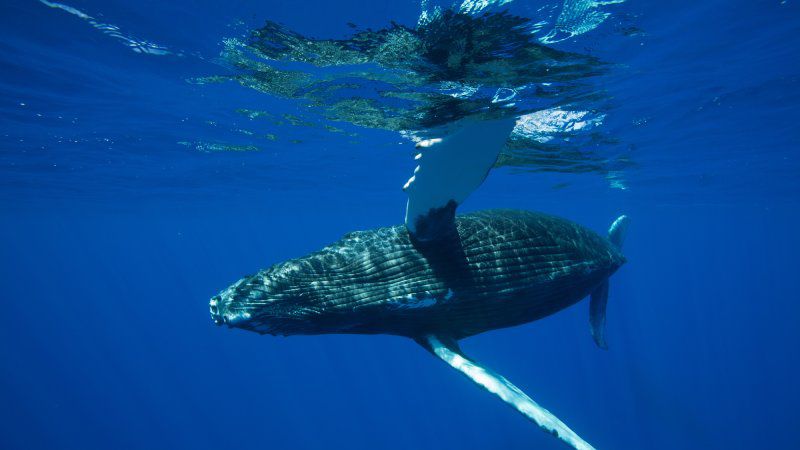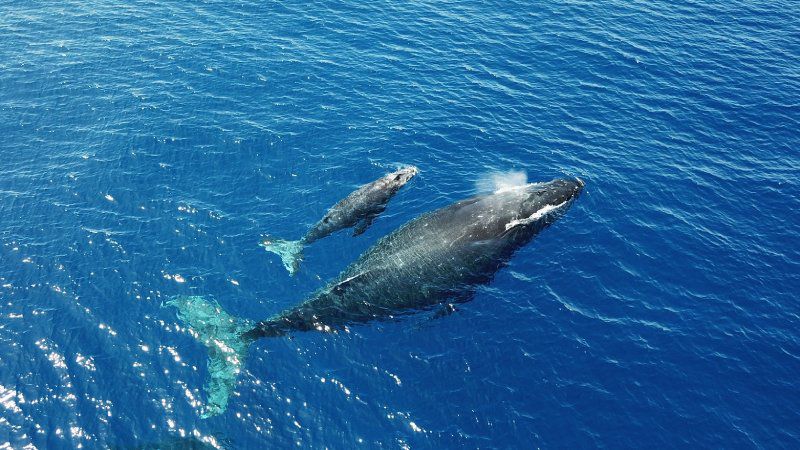MAUI, Hawaii — As koholā or humpback whales return to Hawaii waters, officials remind boaters to reduce speeds and keep a safe and legal distance around these annual visitors.
Thousands of humpback whales return to the islands between November and May to breed, give birth and nurse their young.
“Humpback whale populations in Hawaii generally peak between January and February,” said Kim Hum, Superintendent of Hawaiian Islands Humpback Whale National Marine Sanctuary, in a news release. “We want to remind boaters that collisions with whales are a very real risk for the next several months and ask that you remain vigilant and slow down when in and around sanctuary waters to reduce the risk to the animals and people on board.”
In ocean depths of 600 feet or less, boaters are urged to maintain a speed of 15 knots or less (or safe planning speed) to cut down on the possibility of striking a whale.
When approaching a whale for viewing or departing from viewing, boat speed should be reduced to six knots or less within 400 yards.

The Hawaiian Islands Humpback Whale National Marine Sanctuary, State of Hawaii Department of Land and Natural Resources, Pacific Whale Foundation and members of Hawaii “on-water” community developed the speed recommendations that can be found on the DLNR Division of Boating and Ocean Recreation website along with best practices.
Officials also remind boaters, kayakers, paddleboarders, surfers and drone users that it is illegal to approach a humpback whale closer than 100 yards. For aircraft, any closer than 1,000 feet is illegal.
The public is encouraged to immediately report injured or entangled marine mammals to the statewide NOAA Marine Wildlife Hotline at 888-256-9840 or the U.S. Coast Guard on VHF channel 16.
Entanglement can result in starvation, physical trauma and infections, and because the animal may be less mobile, vessel strikes.
“By following regulations and recommendations, ocean users can reduce their impact on the animals and their habitat and also play an important role by helping monitor humpback whales in sanctuary and nearby waters,” said Ed Lyman, natural resource specialist for the Hawaiian Islands Humpback Whale National Marine Sanctuary.
The public is encouraged to report any vessel approaching a whale too closely by calling the NOAA Fisheries Enforcement Hotline at 808-853-1964 or emailing respectwildlife@noaa.gov. You may also contact your local DLNR Division of Conservation and Resources Enforcement by calling the 24-hour hotline at 808-643-3567 or via the DLNRTip app available for Android and Apple phones.
Each year whale counts are held on Oahu, Maui, Kauai and Hawaii Island. Jan. 27 is the first whale count; upcoming counts are Feb. 24 and March 30. Read to learn more and how you can volunteer.
Sarah Yamanaka covers news and events for Spectrum News Hawaii. She can be reached at sarah.yamanaka@charter.com.









